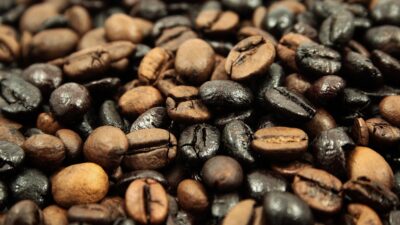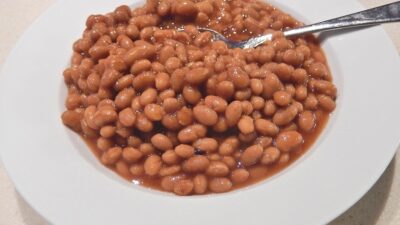Frying food has been a beloved cooking method for centuries, transforming simple ingredients into crispy, golden-brown delights. From perfectly crisp French fries to succulent fried chicken, mastering the art of frying can enhance your culinary repertoire. Welcome to Fry Day, your ultimate guide to perfecting your frying techniques!
The Basics of Frying
Types of Frying
- Deep Frying: Submerging food completely in hot oil, creating a uniform crispy texture.
- Shallow Frying: Using just enough oil to cover the food halfway, perfect for items like burgers or cutlets.
- Pan Frying: Similar to shallow frying but typically involves cooking at a lower temperature for longer.
- Stir-Frying: Quickly cooking small pieces of food in a small amount of oil over high heat, often with constant stirring.
Choosing the Right Oil
The type of oil you use can significantly affect the flavor and healthiness of your fried items. Here are some key options:
- Vegetable Oil: Neutral flavor, high smoke point (around 400°F). Great for general frying.
- Canola Oil: Similar to vegetable oil but with a slightly more pronounced flavor.
- Peanut Oil: High smoke point (about 450°F), perfect for deep frying and imparting unique flavors.
- Olive Oil: Lower smoke point, better for shallow frying; adds richness but should be used sparingly to avoid overpowering other flavors.
Equipment Essentials
- Deep Fryer or Heavy Pot: A deep fryer provides temperature control; a heavy pot works if you don’t have one.
- Thermometer: Essential for monitoring oil temperature; frying at the right temperature is crucial.
- Slotted Spoon or Spider: For safely lowering food into and lifting it out of hot oil.
- Paper Towels or Cooling Rack: Used to drain excess oil from fried foods.
Preparing for Fry Day
Ingredients
- Fresh Produce: Potatoes, vegetables, or fruits—ensure they are firm and dry before frying.
- Proteins: Chicken, fish, or tofu; marinating beforehand can enhance flavor.
- Batter and Breading: Create a batter using flour, eggs, and spices, or use breadcrumbs for a crunchy coating.
Cleaning and Safety
Always ensure your workspace is clean. Cooking with hot oil can be dangerous; take precautions such as:
- Using a splash guard
- Keeping a fire extinguisher nearby
- Never leaving the oil unattended
Mastering the Frying Process
Step-by-Step Frying Guide
-
Preparation: Chop ingredients into uniform sizes for even cooking. Pat dry with paper towels to reduce moisture.
-
Heating the Oil: Fill your pot or fryer with oil and heat it to the desired temperature. For most frying tasks, aim for between 350°F and 375°F.
-
Testing: Drop a small piece of food into the oil to test. If it bubbles vigorously, the oil is ready.
-
Frying: Carefully lower food into the oil to avoid splattering. Fry in small batches to maintain oil temperature.
-
Monitoring: Maintain a consistent temperature. Adjust heat as necessary and avoid overcrowding the pot.
-
Draining: Once golden and crispy, transfer food to a paper towel-lined plate or a cooling rack to drain excess oil.
- Seasoning: While hot, sprinkle with salt or your favorite seasoning for maximum flavor.
Perfecting the Art of Frying
Common Mistakes to Avoid
- Overcrowding the Pan: This lowers the oil temperature, leading to greasy food. Fry in batches for best results.
- Not Monitoring Oil Temperature: Use a thermometer to keep the oil within the ideal range for frying.
- Skipping Drying Food: Adding moisture to the hot oil causes splattering and can lead to uneven cooking.
- Neglecting Taste Enhancements: Don’t forget to season immediately after frying for that perfect burst of flavor.
Frying Exotic Dishes
Global Inspirations
- Tempura: This Japanese dish features battered and fried vegetables or seafood, known for its light and airy crunch.
- Pakoras: Indian fritters made of spiced potato or vegetable dipped in chickpea flour batter and fried until crisp.
- Churros: A beloved Spanish treat, churros are deep-fried dough pastries often sprinkled with sugar and served with chocolate sauce.
Conclusion: The Joy of Fry Day
Frying is more than just a cooking method; it’s an art that brings joy and flavor to any meal. With the right techniques, oils, and preparation, you can create tantalizing fried dishes that delight family and friends. So gather your ingredients, heat up that oil, and embrace the crispy goodness of Fry Day! Happy frying!



